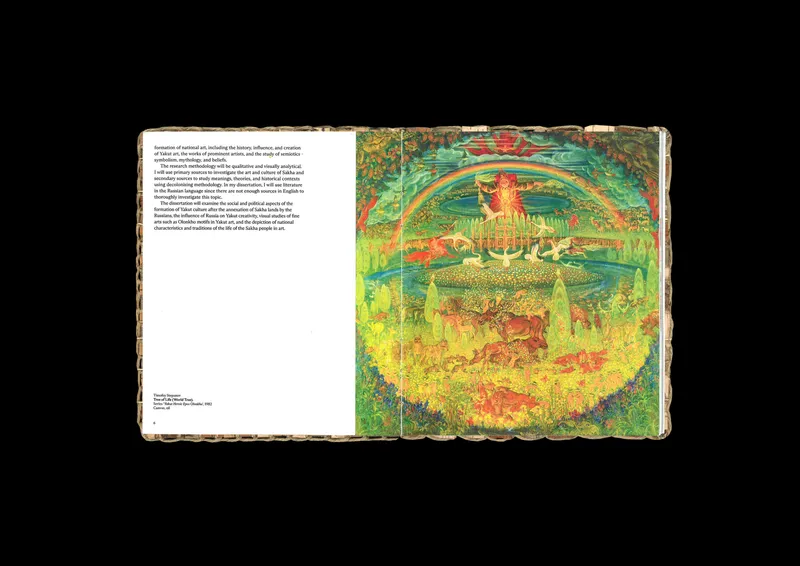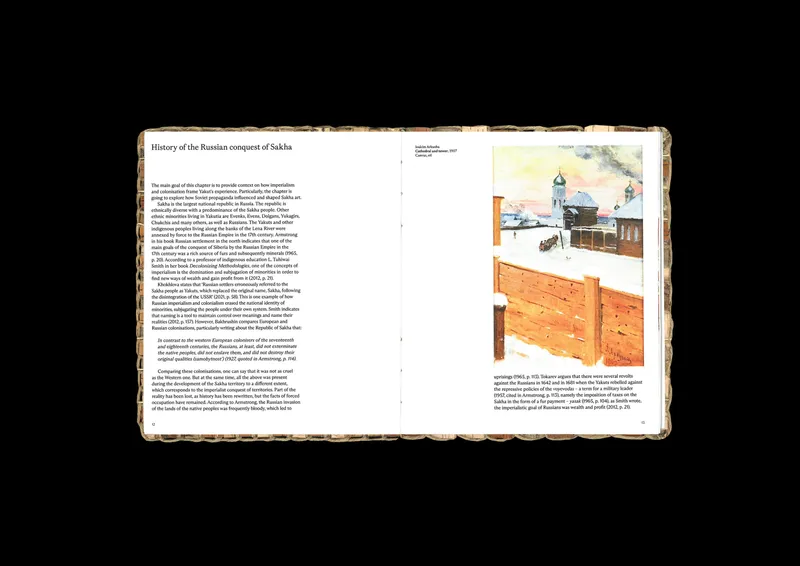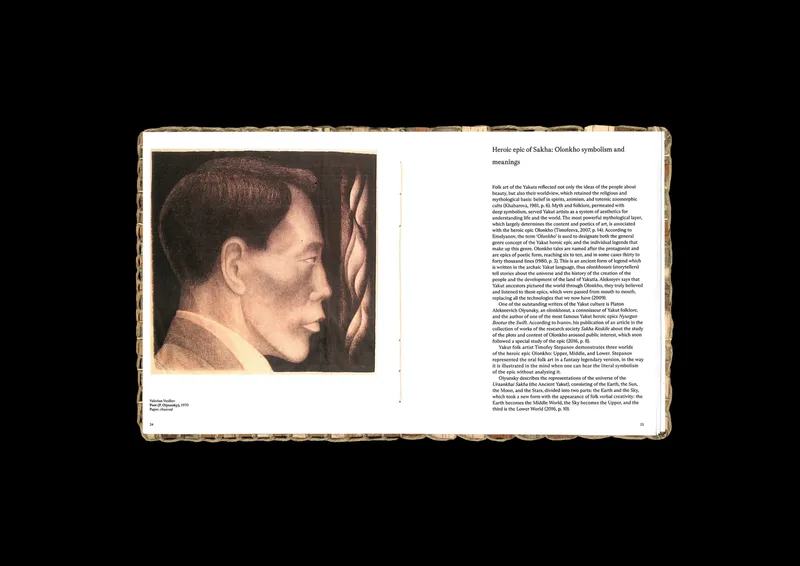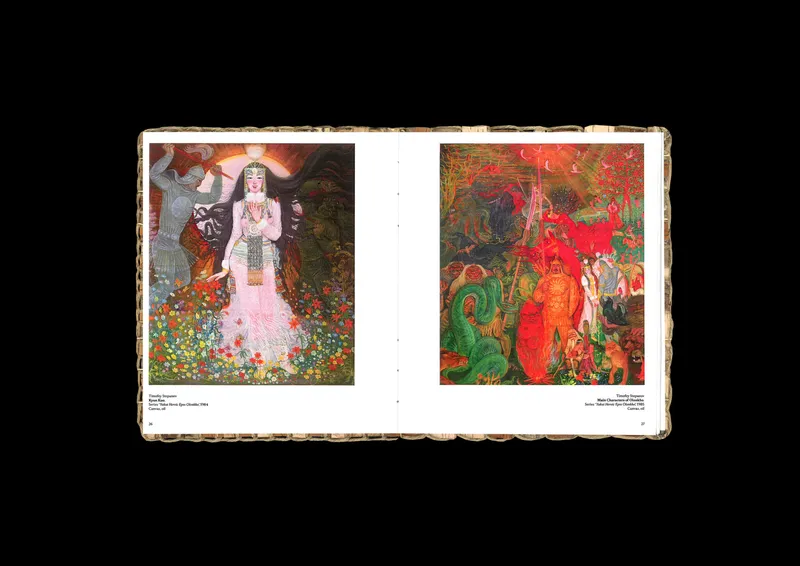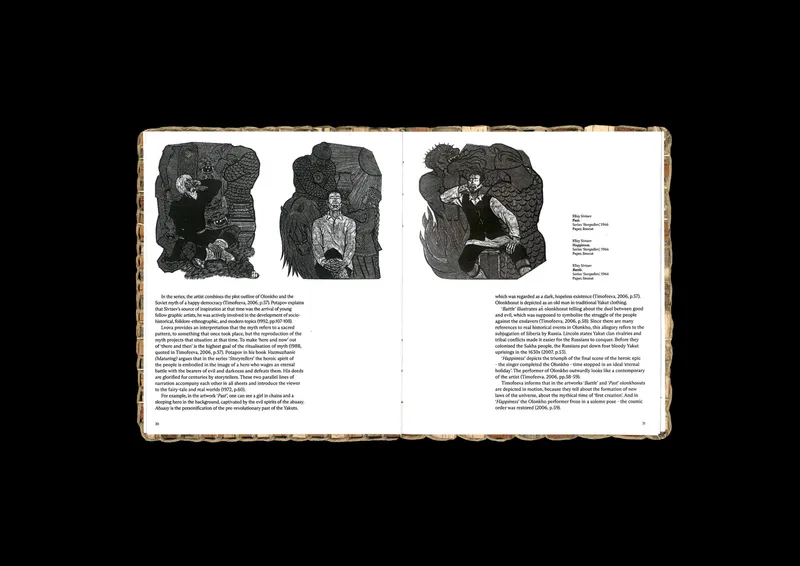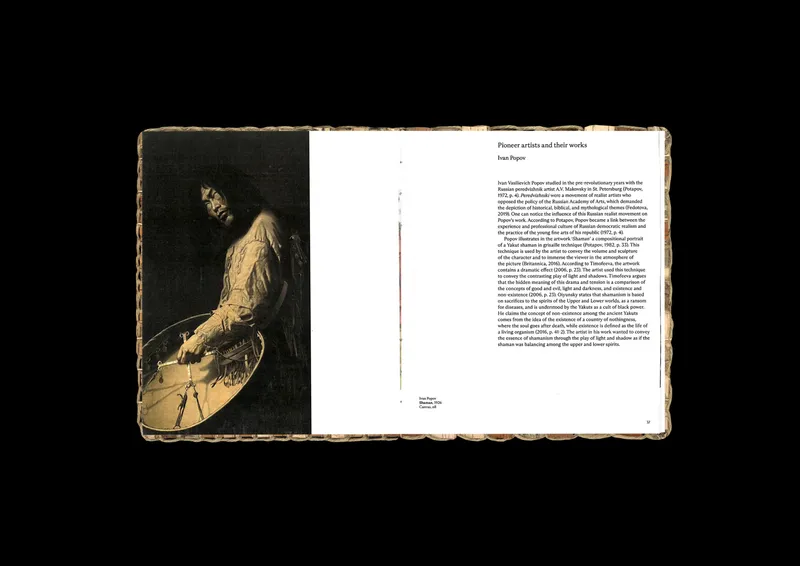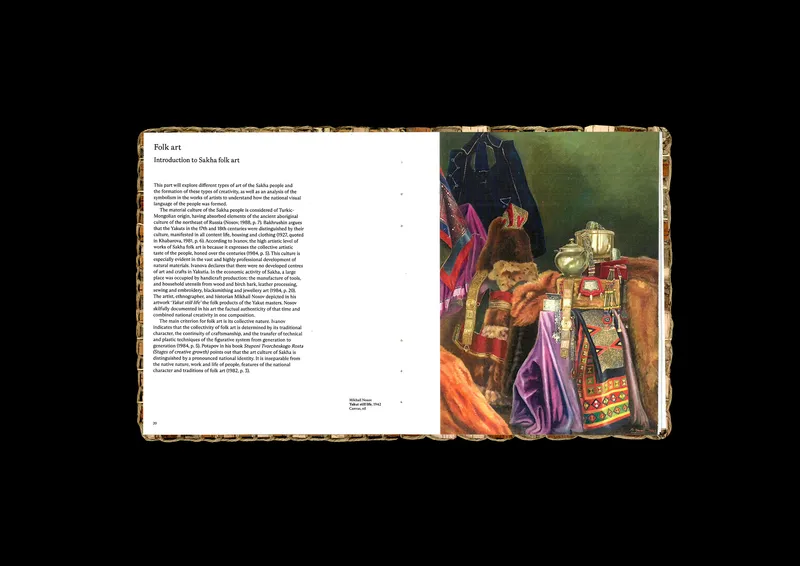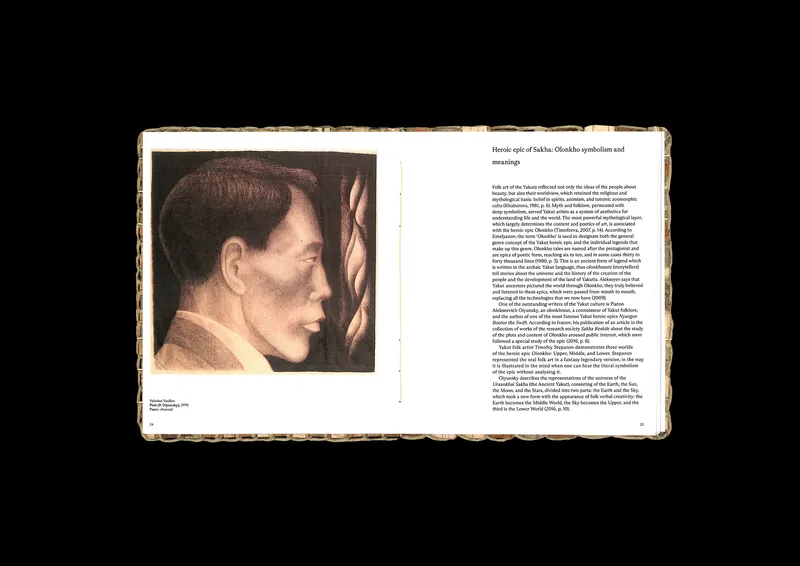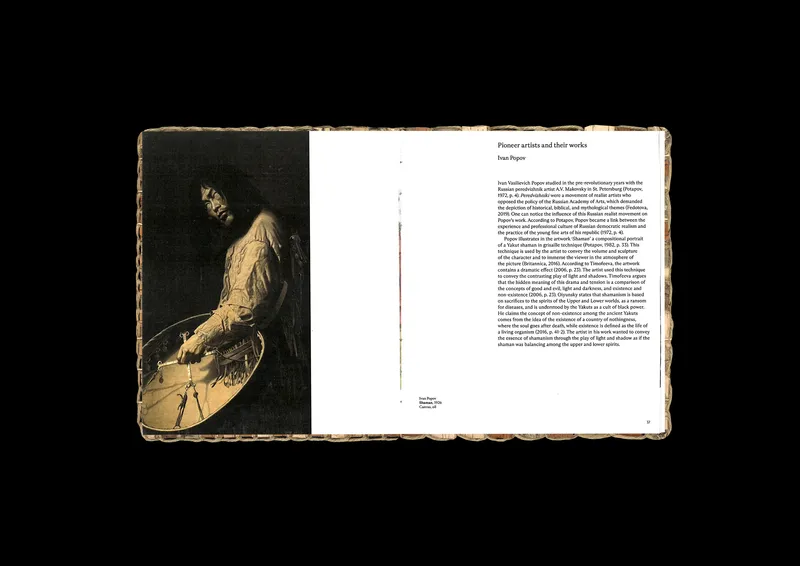My dissertation publication explores the role of Sakha folk art in shaping a national visual language within the context of colonisation history. It focuses on the Republic of Sakha (Yakutia), located in northeastern Siberia, which was colonised by the Russian Empire in the 17th century, resulting in the influence of Russian culture on the indigenous population. The publication examines the impact of Russia on Yakutia’s culture and analyses the ethnic motifs found in Sakha art. Additionally, the dissertation evaluates the effects of the Soviet period on Yakut folk art, particularly through the promotion of socialist realism and the suppression of traditional forms of expression.
Despite the Russian conquest, Sakha’s national heritage was preserved through their deep appreciation for nature, the transfer of knowledge and skills across generations, and the preservation of history and traditions through oral folk art like Olonkho. The publication showcases Olonkho’s role in forming a unique national visual language and demonstrates the resilience of Yakut culture. This research contributes to a deeper understanding of the connection between colonisation and cultural preservation, providing valuable insights into how indigenous communities negotiate and navigate the consequences of colonial influence.
The book cover of my publication is designed to symbolise and pay homage to indigenous folk-art practices. It is crafted with woven birch bark, a material deeply rooted in Sakha culture. The presence of woven birch bark on the book cover serves as a visual reminder of Yakut ancestral traditions, artistic skills, and their profound connection to nature. By incorporating this material and technique, it emphasises the importance of indigenous knowledge and the ongoing preservation of cultural practices.
An exploration of the unique visual culture of the Sakha people, examining its development in the context of Russian colonisation. The publication emphasises the value of indigenous knowledge and the ongoing preservation of cultural practices. The book cover, made of woven birch bark, symbolises the deep ancestral traditions and connection with nature that define Sakha culture.


